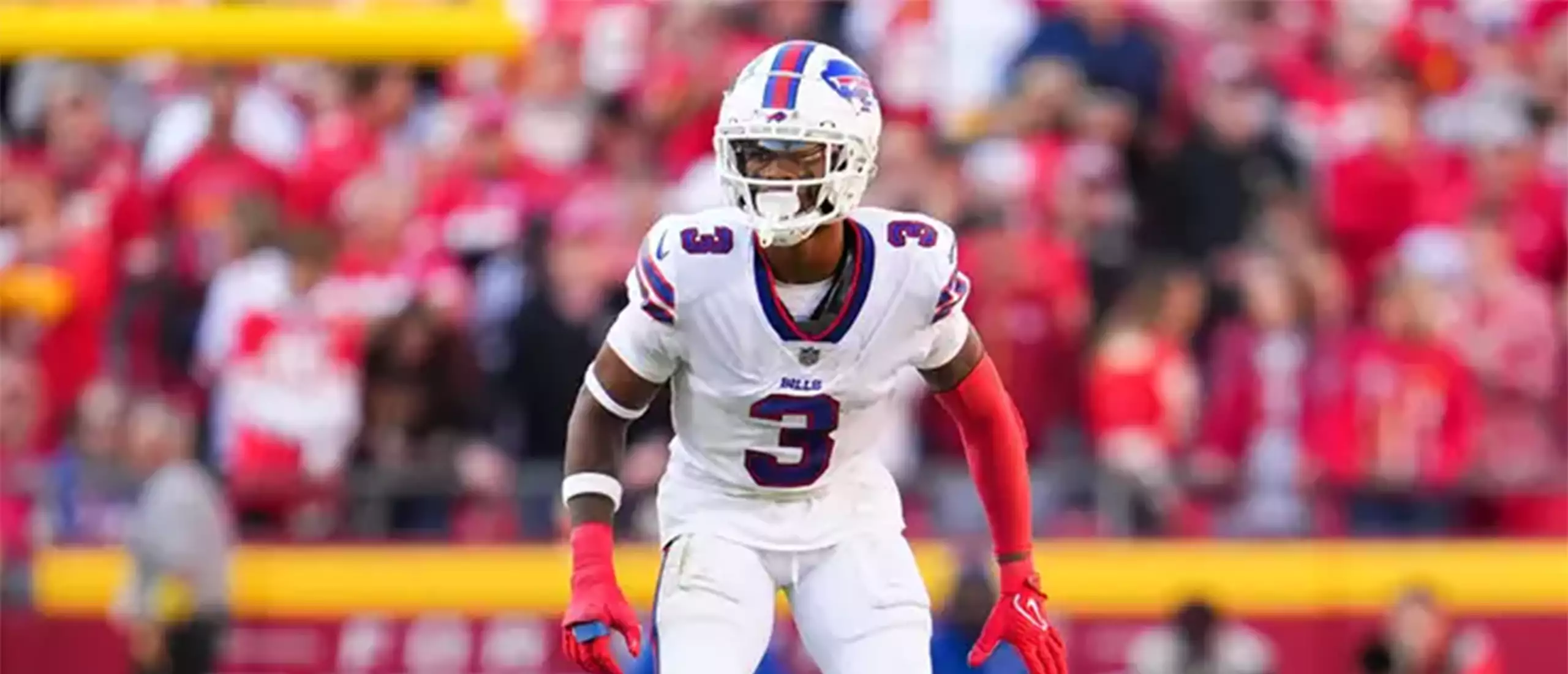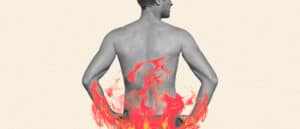What Every Athlete Should Know About Sudden Cardiac Arrest
Damar Hamlin, a 24-year-old safety for the Buffalo Bills, shocked fans and his fellow players when he went into cardiac arrest during a Monday night game against the Cincinnati Bengals. His heart stopped after he was hit during a play in the first quarter, and his heartbeat was restored by medical personnel on the field, the Bills said in a statement. Hamlin was then taken to the University of Cincinnati Medical Center, where, at press time, he’s been sedated and is undergoing “further testing and treatment.”
Seeing a young athlete in peak physical shape going into cardiac arrest is more than enough to make you alarmed about your own chances for a major cardiac event. But Hamlin’s shocking collapse shouldn’t send you into senseless panic. Here, instead, are a handful of helpful facts to keep in mind about sudden cardiac arrest in young men:
Sudden Cardiac Arrest Isn’t the Same as a Heart Attack
Sudden cardiac arrest, or the stopping of heart function, is importantly different from a heart attack (when blood flow to part of the heart is blocked). It’s an emergency event that can quickly lead to death if not immediately treated with CPR and a defibrillator.
Signs of Cardiac Arrest Are Extreme
As we all saw in Hamlin’s case. The biggest signs, according to Mayo Clinic include sudden collapse, no pulse, no breathing, loss of consciousness.
But it’s also worth keeping an eye out for other symptoms that can occur before cardiac arrest (though there are often no warnings), such as chest discomfort, shortness of breath, weakness, and a fast-beating, fluttering, or pounding heart (palpitations).
Cardiac Arrest is Exceedingly Rare in Young People
But it’s still a problem: According to the Centers for Disease Control and Prevention (CDC), about 2,000 young, seemingly healthy people under age 25 in the United States die each year of sudden cardiac arrest. Obviously, these deaths tend to be devastating for the families and communities impacted.
PROTECT YOUR TICKER
It May Target Athletes
Sudden cardiac arrest is thought to be a leading cause of death in young athletes, who are otherwise quite healthy, according to the American Academy of Pediatrics. But it also affects young people not involved in organized sports, happening during exercise, at rest, or even during sleep.
Causes in Young People Aren’t Always Obvious
But they can include: hypertrophic cardiomyopathy (a thickening of heart muscles), heart defects that can lead to decreased blood supply during exercise, coronary artery abnormalities, undiagnosed genetic conditions, arrhythmogenic right ventricular dysplasia (an inherited condition where heart tissue gets replaced by scar tissue), inflammation in the heart, and commotio cordis, caused by blows to the chest directly over the heart.
Some experts believe that Hamlin was effected by the latter; that an impact to his chest could have triggered commotio cordis.
“Commotio cordis is related to ventricular fibrillation, when the heart completely stops,” Matthew Martinez, M.D., F.A.C.C., director of sports cardiology and co-director at the Chanin T. Mast Center for Hypertrophic Cardiomyopathy at Morristown Medical Center in the Atlantic Health System told Men’s Health. “It’s the result of a traumatic chest-wall impact.”
As a physician I believe Damar Hamlin was likely suffering from commotio cordis where a blow to the chest at a precise moment in the electrical cycle stops the heart. Those trying to tie this to vaccine status to project their unscientific beliefs are terrible, horrible people. pic.twitter.com/H5KNnHPZMK
— Chris Haddock (@drdawg1996) January 3, 2023
You Can Reduce Your Risk
Regular doctor appointments and sports physicals detect risk factors early on, so getting screened before participating in any rigorous exercise or sports is smart. So is getting to know your family’s heart health history (pester your folks if you need to), and sharing that with your physician. And get life-support training like CPR. While it may not help you save yourself, it may help you take swift action in the event you’re near someone when they go into sudden cardiac arrest.
HEART HEALTH

Want exclusive content? Our digests do that.
The best science-backed, expert-driven health and lifestyle content delivered to your inbox, weekly.














